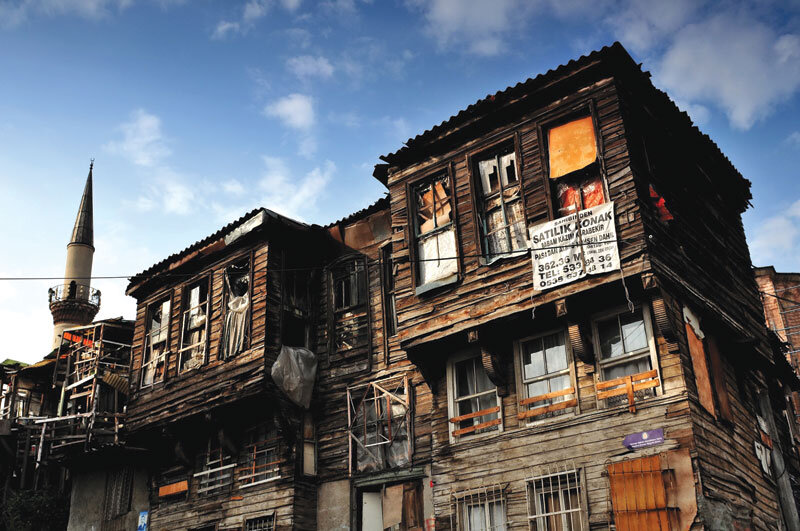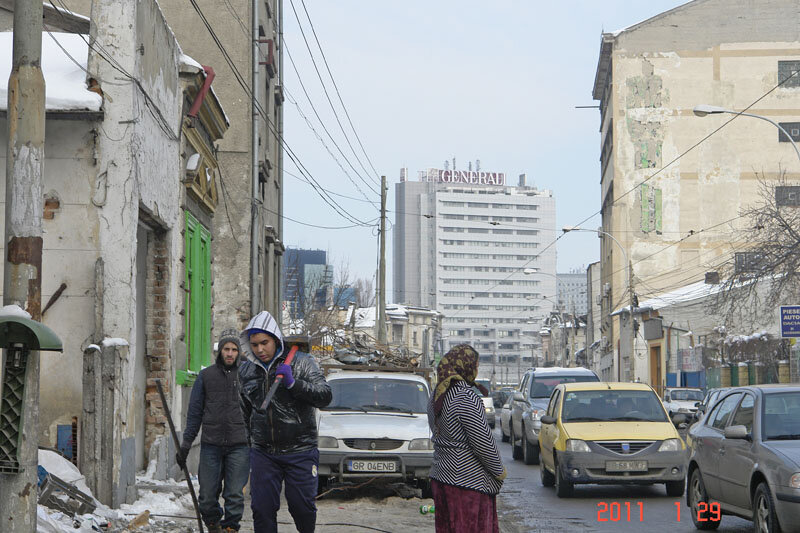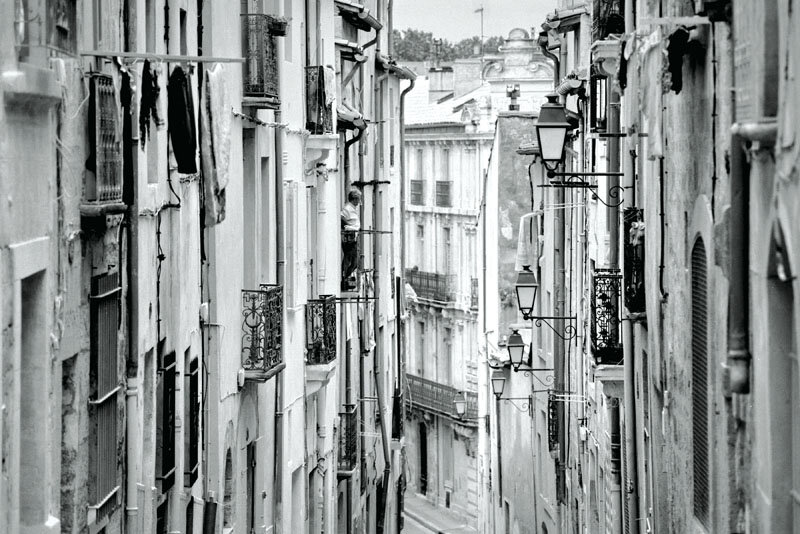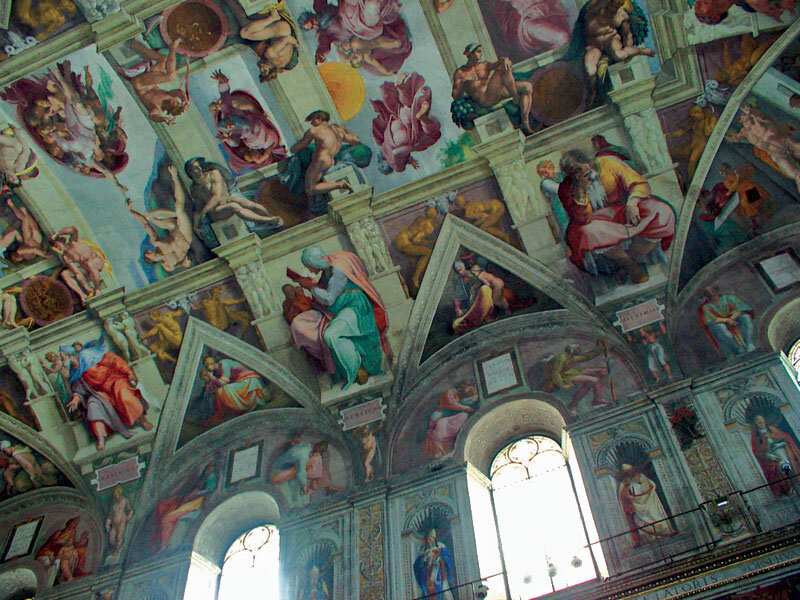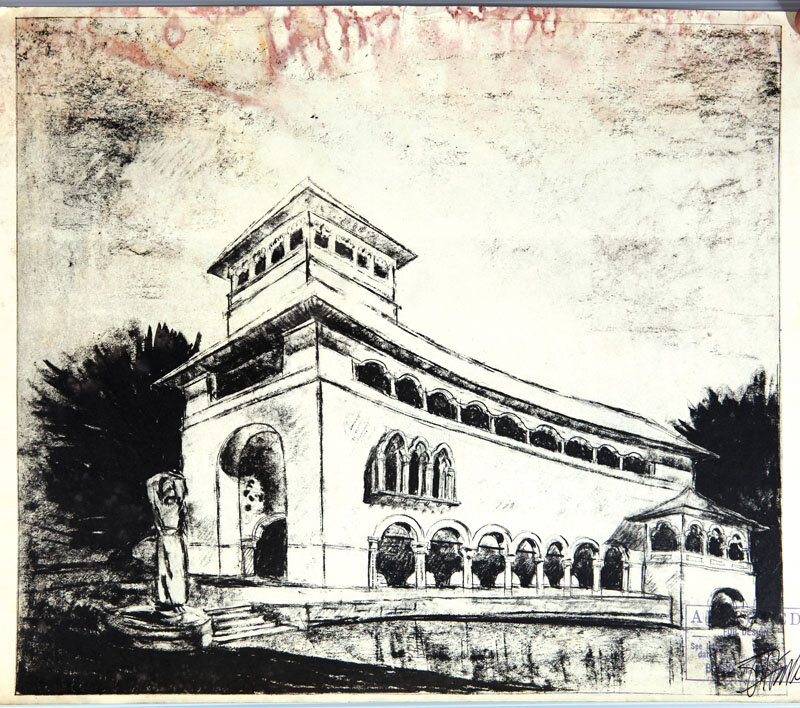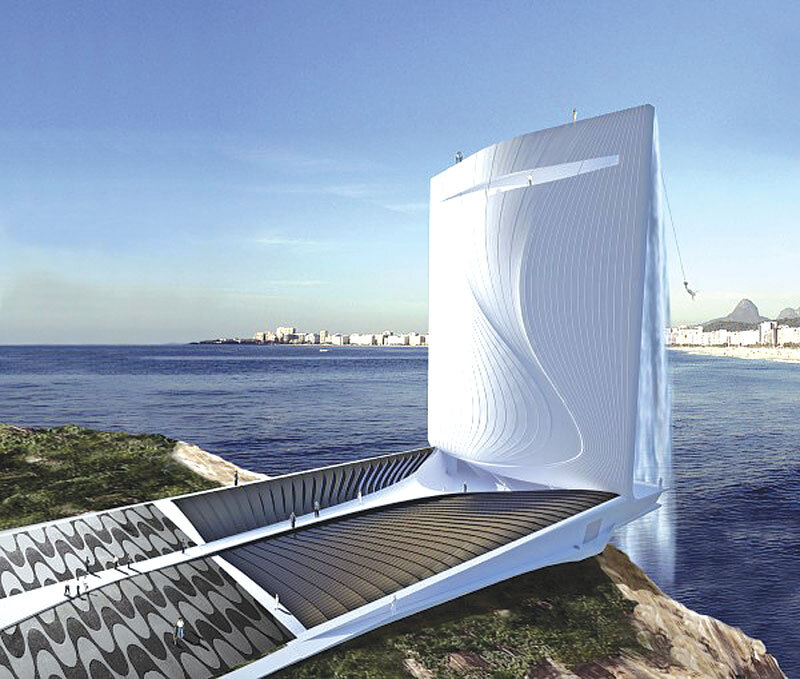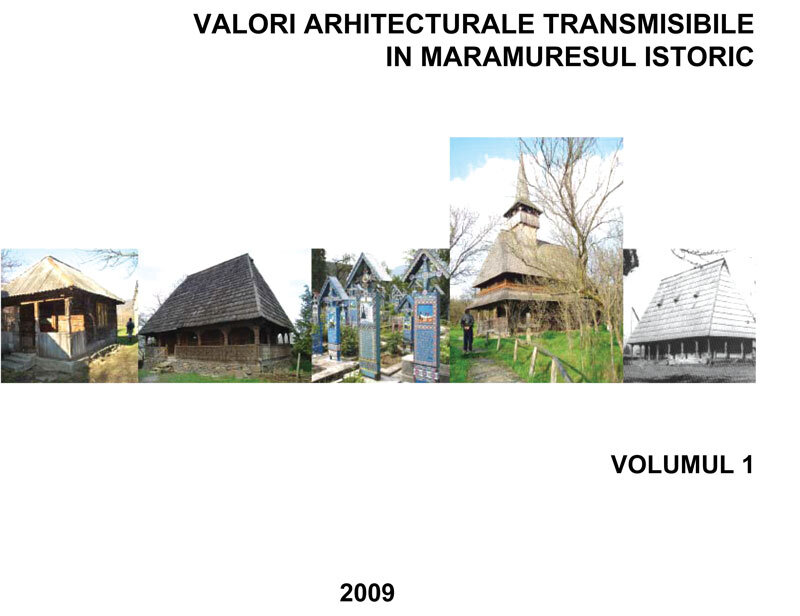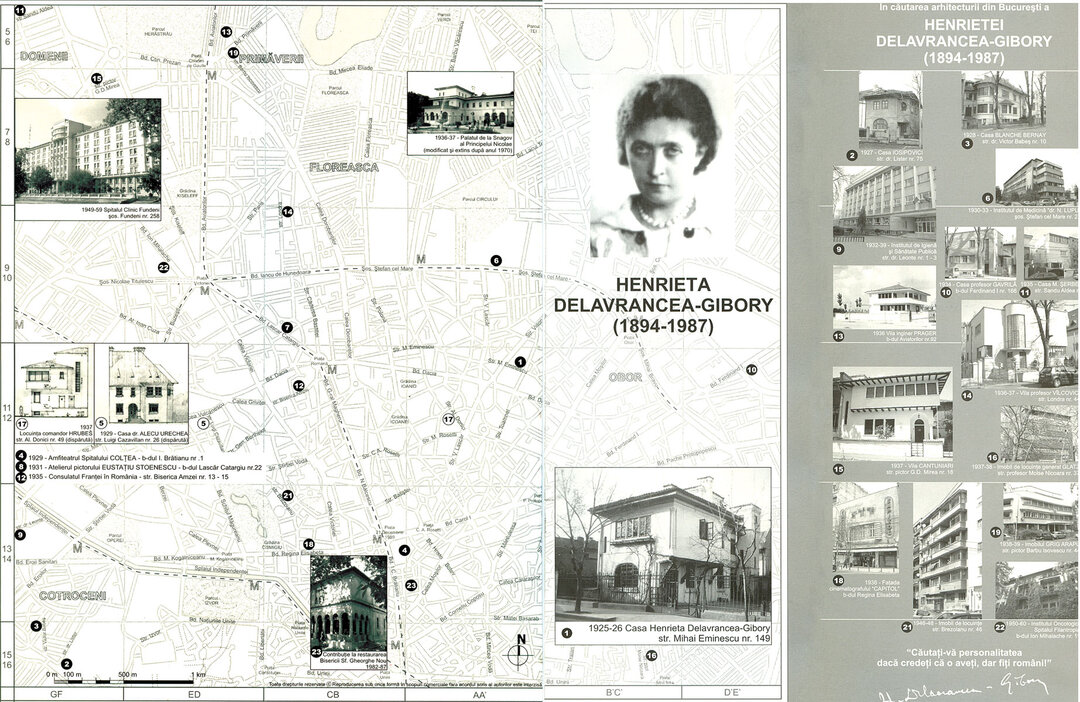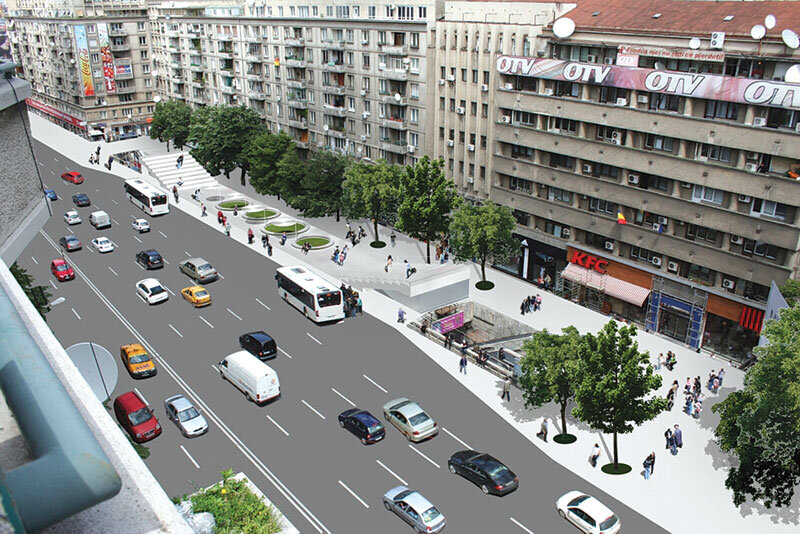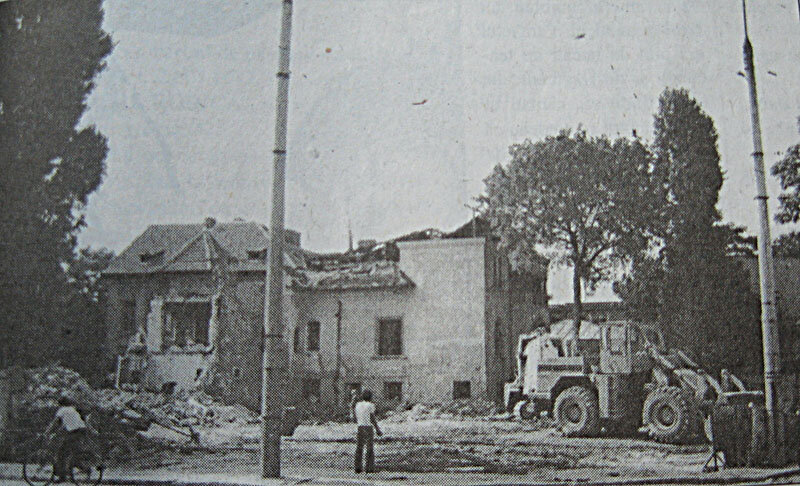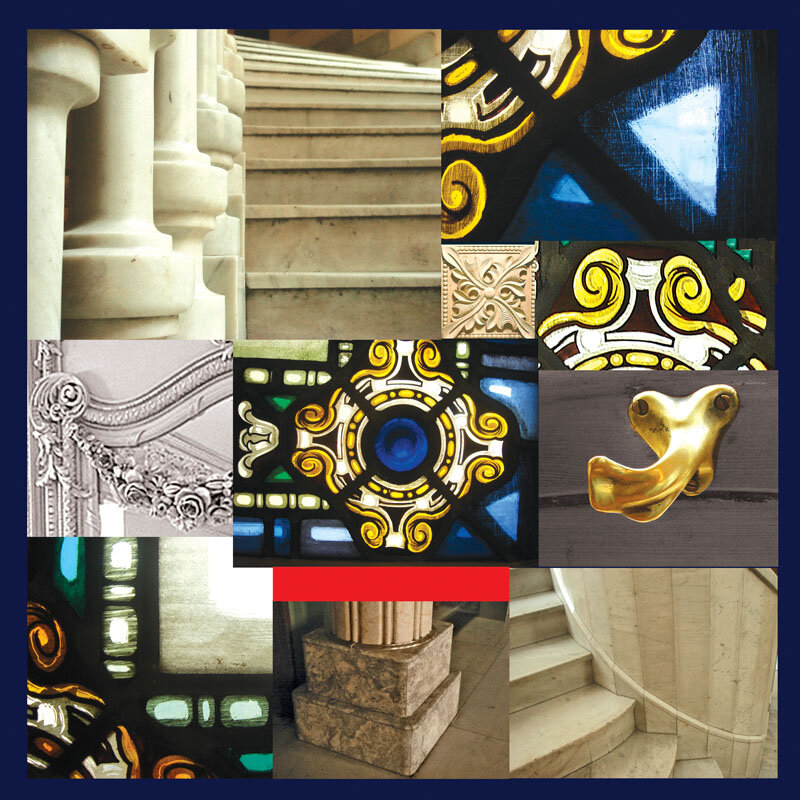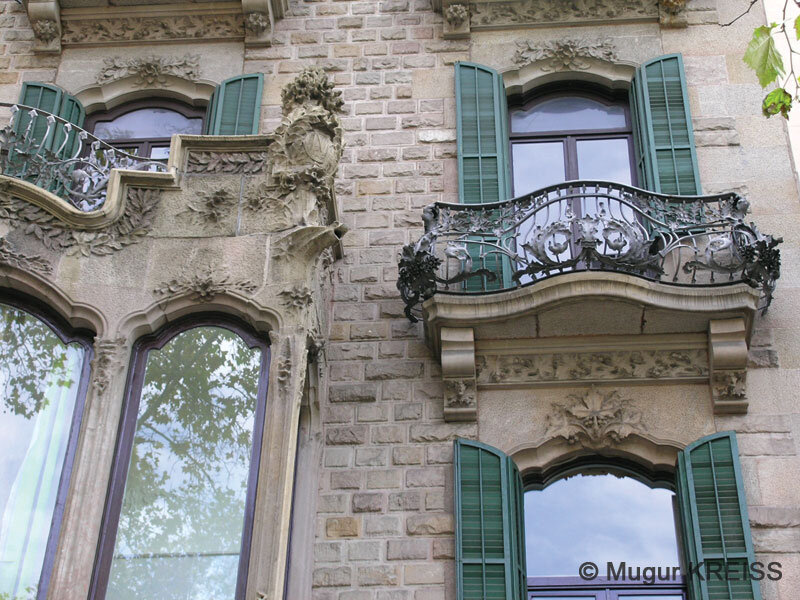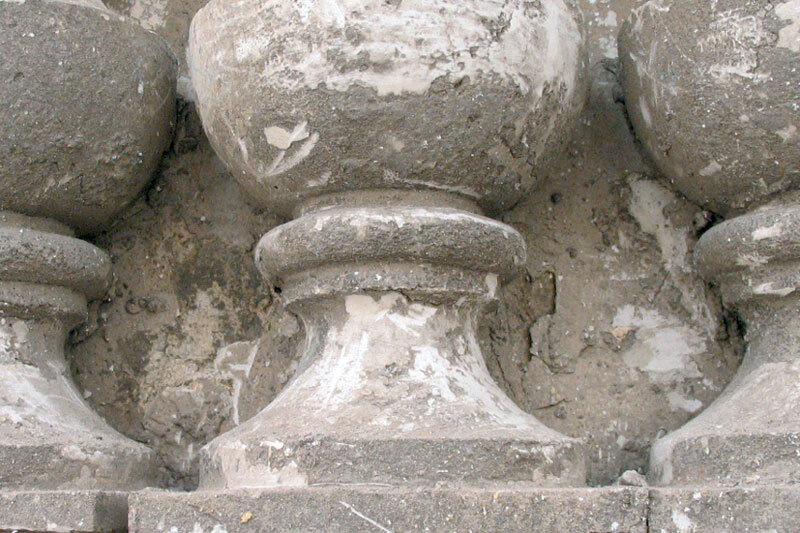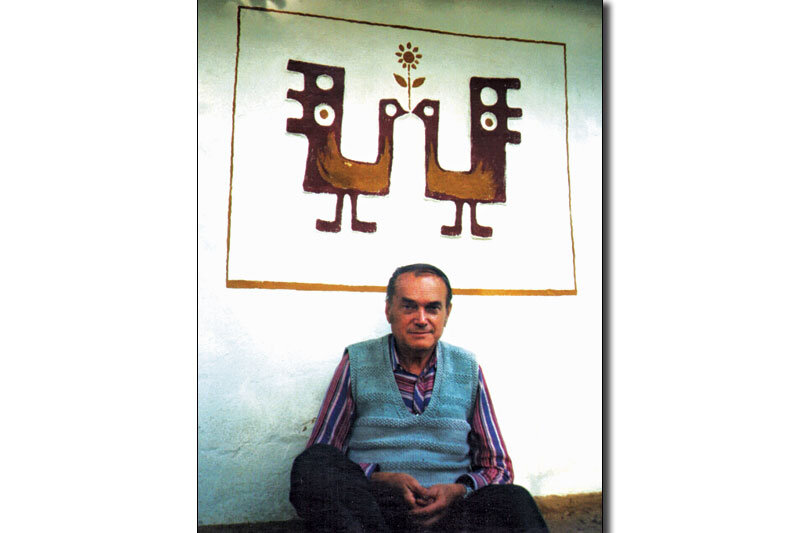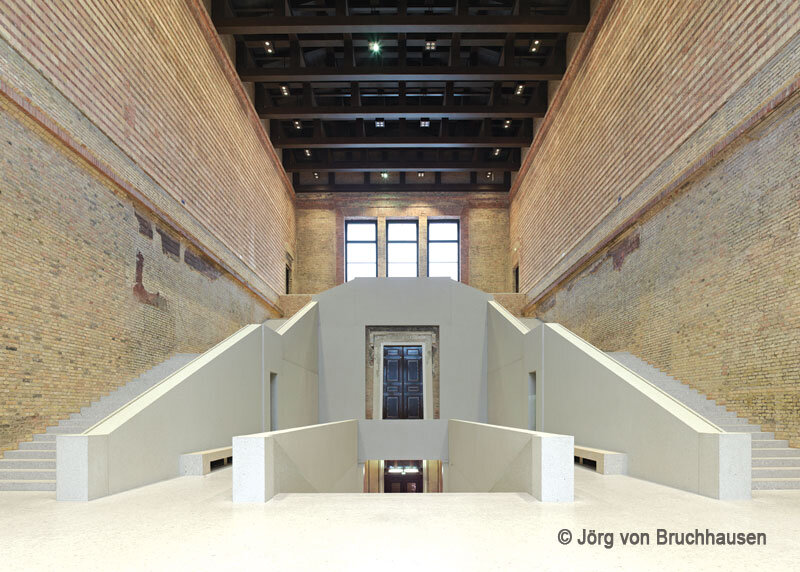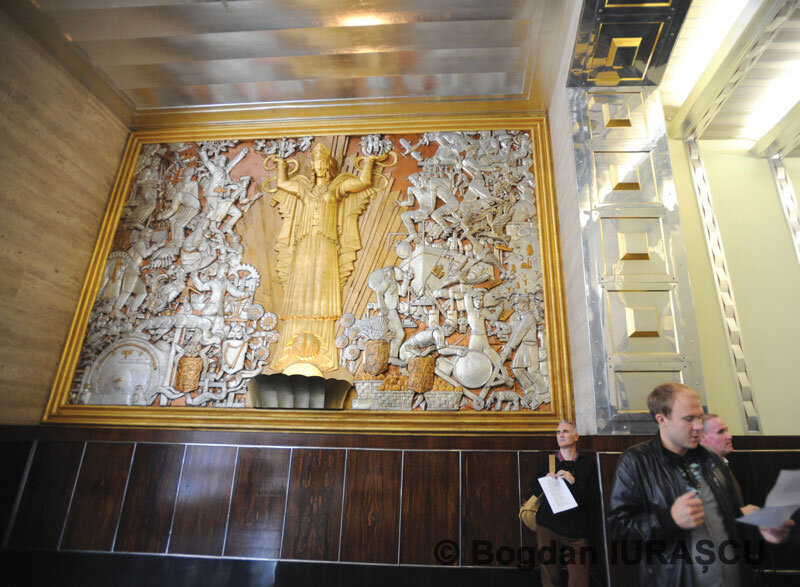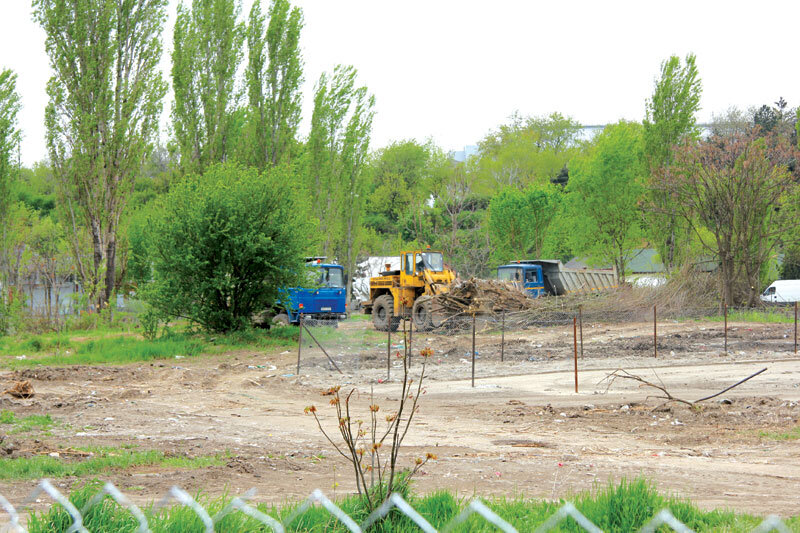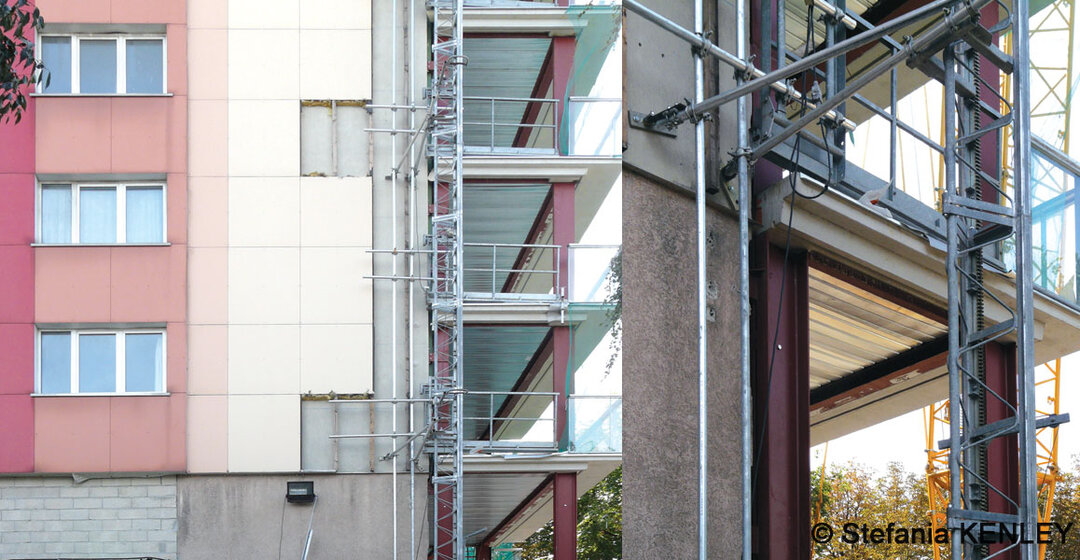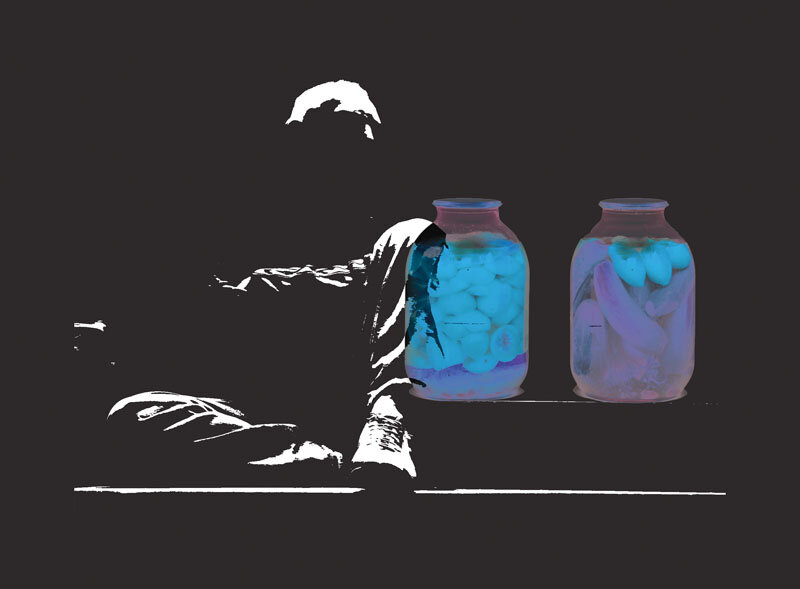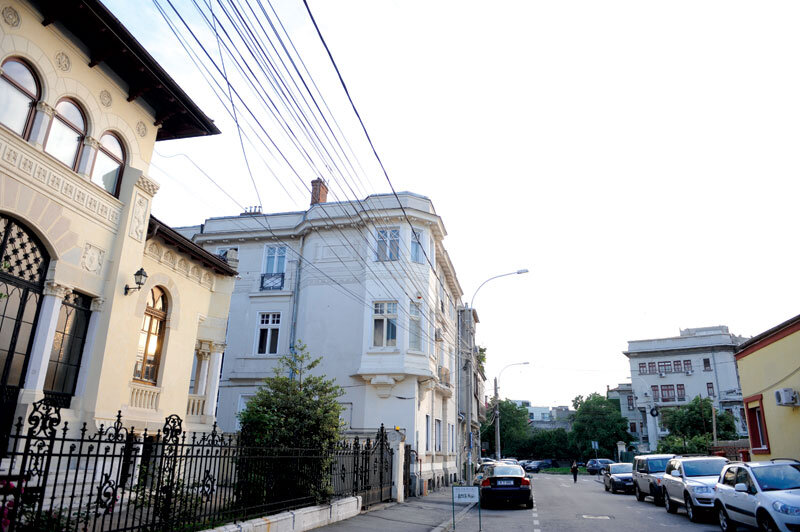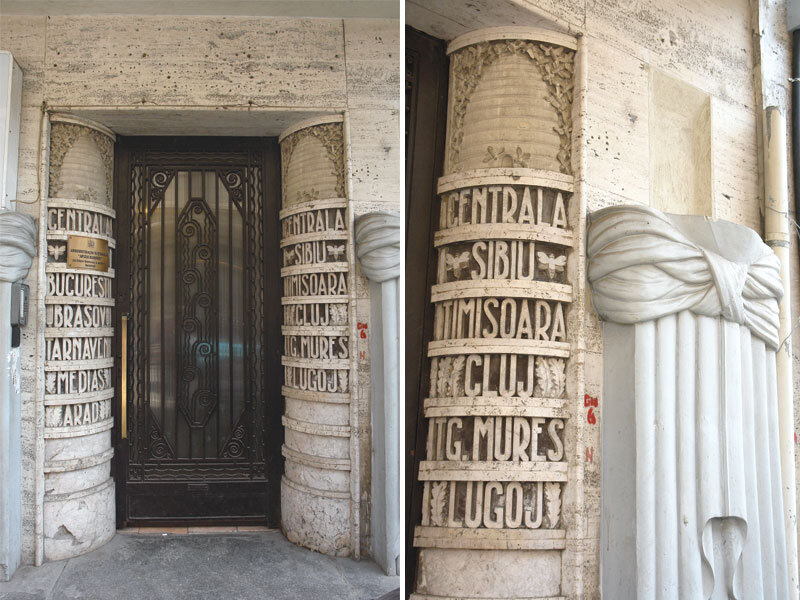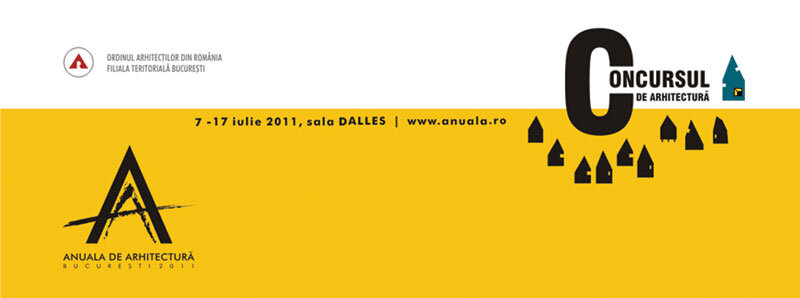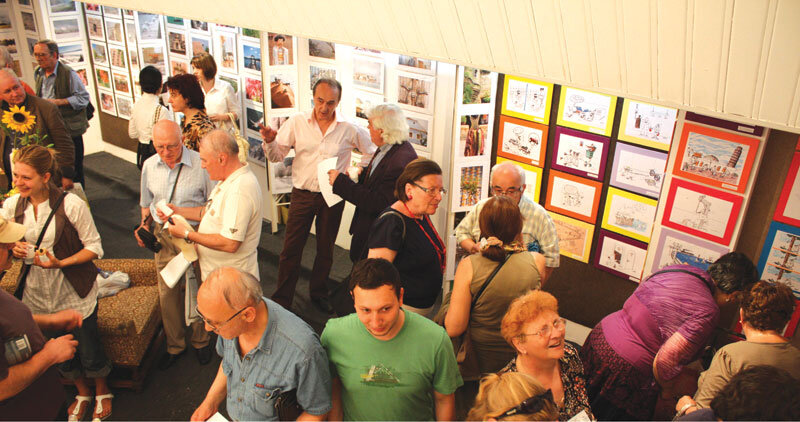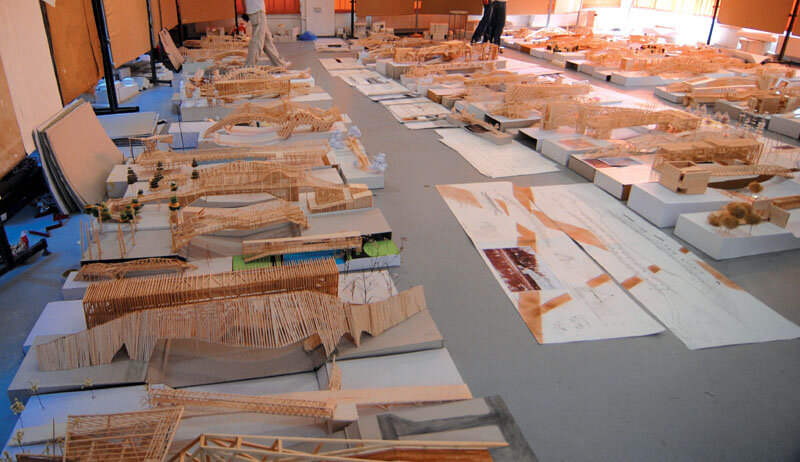
Argument: Controlled detail - long-term commitment
The theme of the current issue is the 'culture of detail'. An architectural or city detail is, of course, acultural. The way in which it is created, put together, assembled, implemented and, last but not least, perceived, is, however, part of a culture. Its primary level is the gaze.
The term 'culture of detail' refers to the intensity of being consistent in a creative process from large to small, from sketch to DDE. The scales of an architectural intervention obviously have different registers of attention. Thus there is the scale of the urban, architectural, environmental detail or the scale of the furniture or accessory object. But they all share a common aesthetic goal. We call this, simplified, the incipient image or the first thought divisible only by one and itself. Thus the consistency of maintaining an image as close as possible to the initial concept is illustrated in the culture of detail. It notifies past, present and predictable examples of good practice in the coherent approach of the initial promise. The culture of detail is therefore a long-term commitment.
A first stop in detail reveals a residential building in Paris. A modular conglomerate that disrupts the repetition to which it is condemned by the program with the ingenuity of its facade, or more precisely its detailed composition. The work of architects Lacaton & Vassal, the apparently neutral building gradually reveals its composition and compositional laws.
The "Painted Ceiling" succeeds in elaborating and providing an access key to the horizontal surface as an "author's canvas". The article pertinently observes analogies of image in this aesthetic territory. Starting with Renaissance precedents, moving through an almost surrealist example proposed by Jean Nouvel, and finally admiring, from the Korean construction site, with pending digital completion, a bold console proposed by Coop Himmelblau.
Almost narratively, "Blow-Up" reinterprets the scenario of a spectacular case tower. Thanks to the revelation of a secondary plan. The incursion of images aims to subtly question the valences of this secondary plane in the image of a city, and then shifting the scale in the images of houses.
The micro-universe created by "a few little streets in Bucharest" has the quality of inviting us to reconstruct a possible world through details. Perhaps what Umberto Ecco called the idiolect of the work of art moves, through a transfer of interpretation, into a detail of atmosphere and part of the street.
"Simple details of life" is the title of a photographic essay of astonishing beauty. Both architect and photographer, the author proposes a sensitive incursion inside the images, drawing our attention to the poetic synergy between the texture of materials, light and the moments in the lives of people who are, pass and leave their traces in the images of the street and houses.
An inventory of windows and doors becomes synecdoche. We see further through "openings in detail". In the extended imaginary space of this article, the text, but above all the images of windows and doors, propose not a cutout, but a confrontation, a meeting, an imagining - that is to say, a further - of the image. The author signals from the very beginning of the article that the gaze generates a predilection of personification towards constructions. The revelation is delightful and invites recomposition.
"Forgotten materials and technologies - lime plasters" is a plea for the reactivation of a modus operandi in the life of detailing. The article observes historically and technically a finishing material. However, what makes it even more unique is the way in which the story of the revival of lime plaster came about: the author was asked by a house owner in Lipscany, a listed building, to carry out a restoration project on the facade. Wishing to restore both the town and the building to an image as close as possible to the original, to that aesthetic desideratum referred to in the introduction, a team of architect, expert, builder and plastic artist has protected the detailed image of a 19th century building. Far from having exhausted the theme, we hope that the journey proposed in this issue will point to enough consistent destinations. Perhaps this is precisely what qualifies a detailed view for dreaming.

